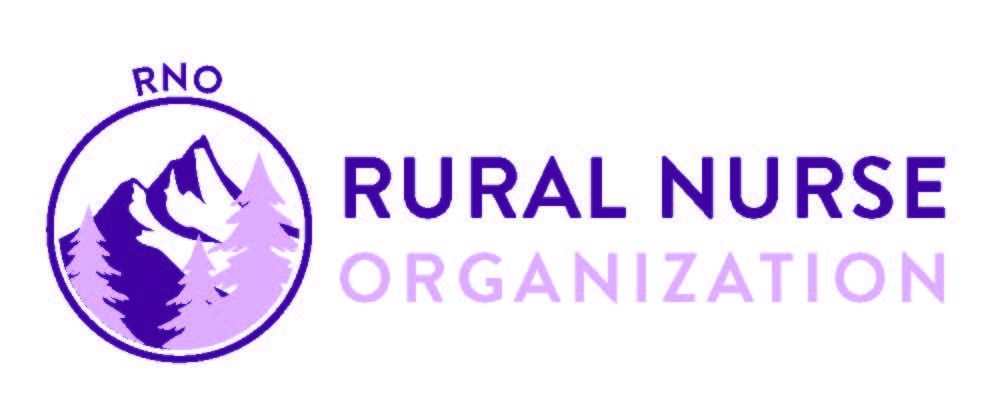This blog post was prepared by RNO Website Committee Chair Joan Grant Keltner.
Vaccinations are a cost-effective intervention to prevent unnecessary morbidity and mortality associated with infectious diseases in children and adolescents. The National Immunization Survey–Child reported no decrease in routine vaccinations, even children born during the COVID-19 pandemic, except for those children living below the federal poverty level and in rural areas (CDC, 2022; Hill, 2023). Yet, a significant percentage of adolescents in rural communities are not getting recommended vaccines, especially HPV (15%) and meningococcal conjugate (20%) vaccines to protect against serious diseases, when compared to those who live in urban areas (CDC, 2023). In a recent review of 120 studies, and a statistical meta-analysis of 95 of them, investigators sought to examine the effectiveness of various interventions for providing vaccination coverage to children and adolescents, ages 5 to 19 yrs. Among the various interventions, education about vaccines increased adherence by 19%, reminders and recalls (e.g., telephone and autodialed calls, mailed letters, postcards, text messages, e-mails, and a combination of these methods) by 15%, health providers’ interventions by 13%, monetary incentives (i.e., cash and gift vouchers) by 67%, and concurrent multi-level interventions (i.e., to schools, health providers, and health clinics) by 25%. The influence of using school-based clinics and policies and legislation for vaccinations is unclear and no significant impact was found from providing a combination of interventions together. Other statistical information (i.e., risk ratios and confidence intervals; types of interventions and specific vaccinations) are reported in the article (Siddiqui et al., 2022). These findings highlight the importance of using various methods to improve vaccination coverage in children and adolescents, with a need for further research in families living in rural areas and experiencing financial hardships.
CDC. (2022). Childhood vaccination coverage before and during the COVID-19 pandemic among children born January 2017–May 2020, National Immunization Survey-Child (NIS-Child), 2018–2021. Atlanta, GA: US Department of Health and Human Services. https://www.cdc.gov/vaccines/imz-managers/coverage/childvaxview/pubs-presentations/nis-child-pandemic-effects-2018-2021.html
CDC. (2023). Vaccination in rural communities. https://www.cdc.gov/ruralhealth/vaccines/index.html
Hill, H. A., Chen, M., Elam-Evans, L. D., Yankey, D., & Singleton, J. A. (2023). Vaccination coverage by age 24 months among children born during 2018–2019 — National Immunization Survey–Child, United States, 2019–2021. Morbidity and Mortality Weekly Report, 72, 33–38. http://dx.doi.org/10.15585/mmwr.mm7202a3.
Siddiqui, F. A., Padhani, Z. A., Salam, R. A., Aliani, R., Lassi, Z. S., Das, J. K., & Bhutta, Z. A. (2022). Interventions to improve immunization coverage among children and adolescents: A meta-analysis. Pediatrics. 149(s6), e2021053852D
